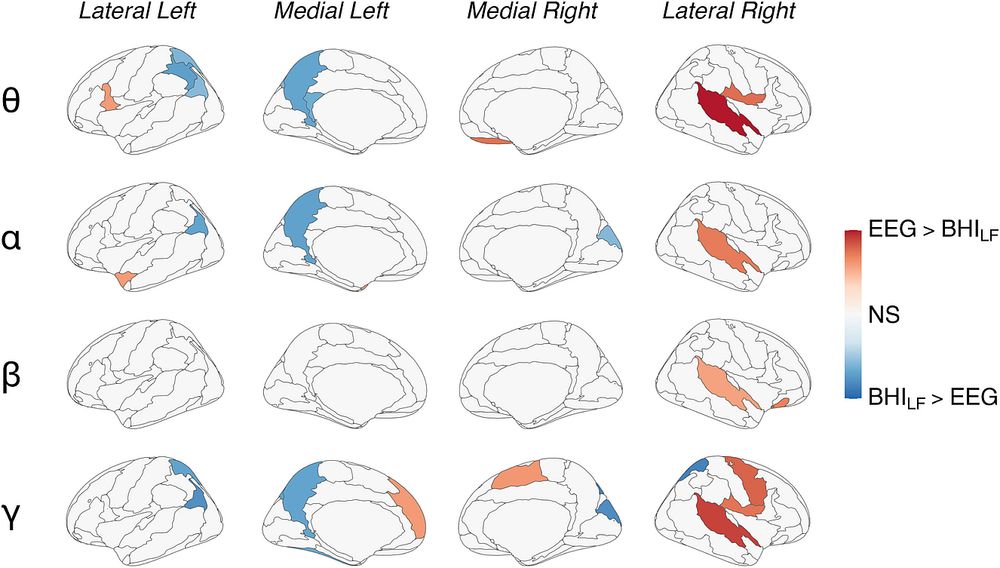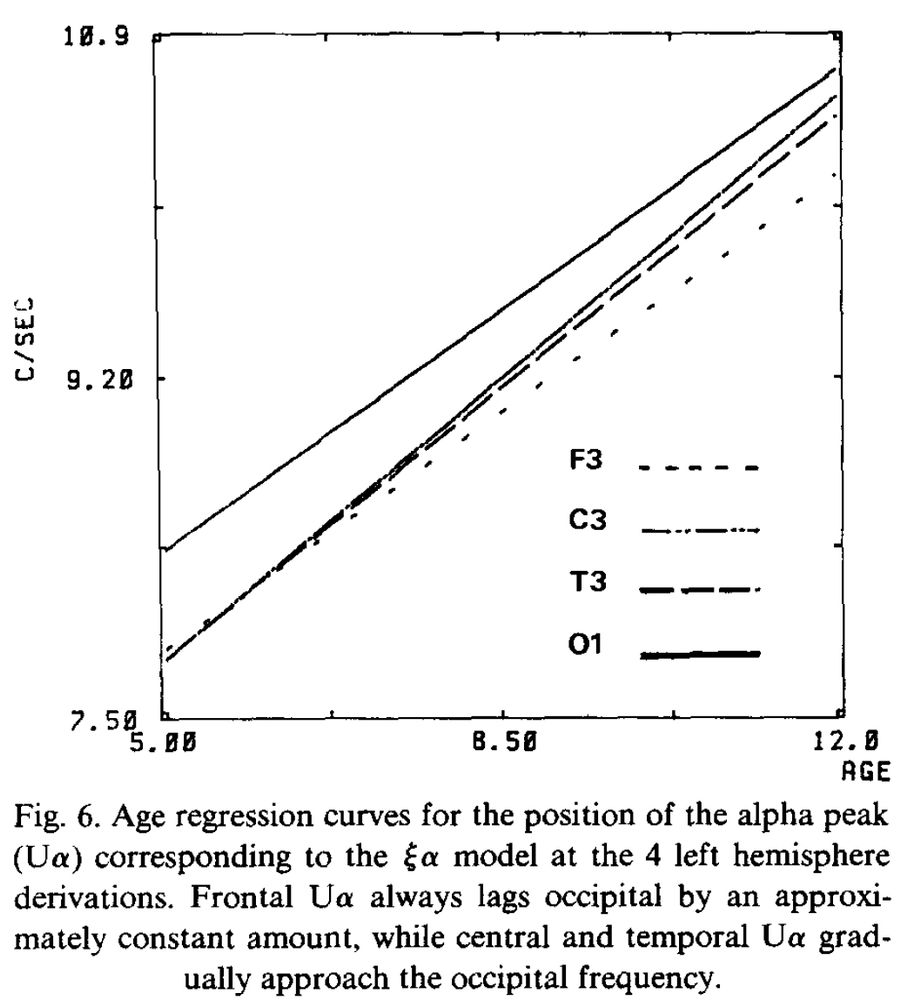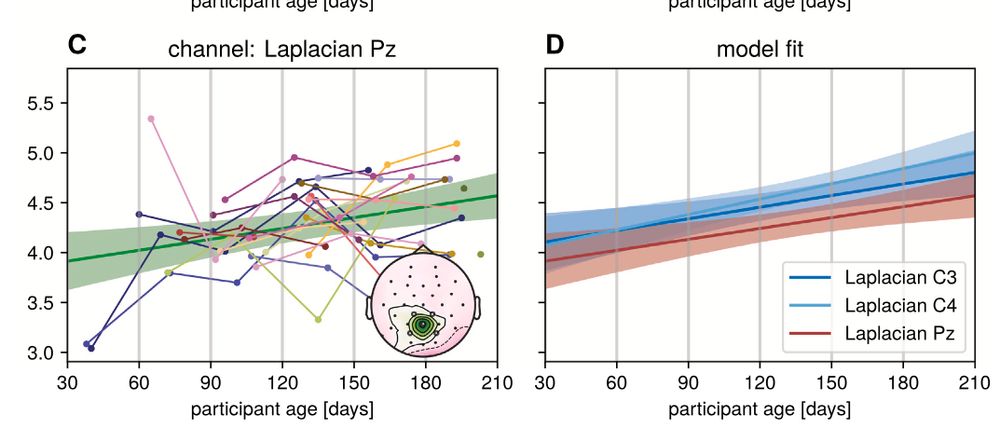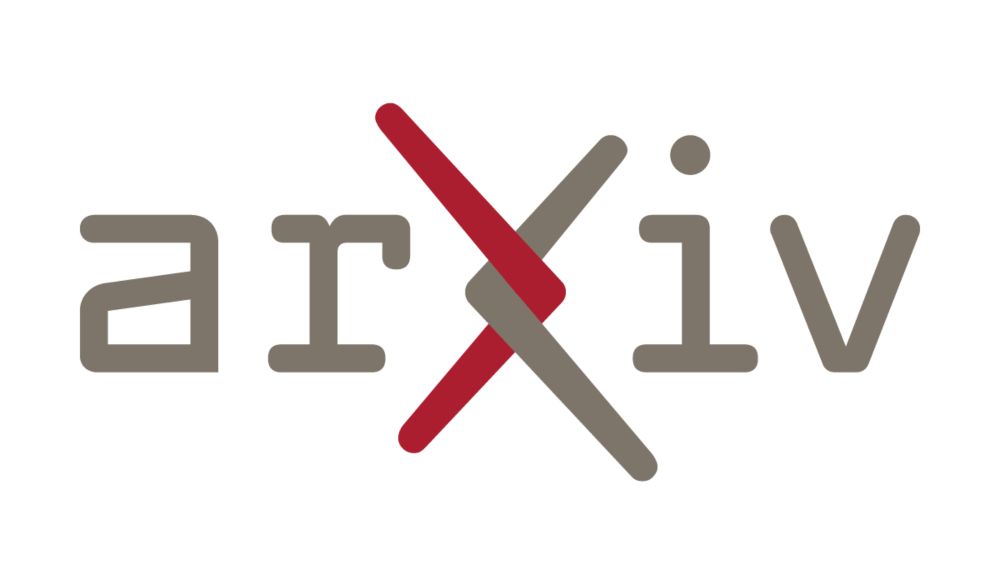RD PascualMarqui
@pascualmarqui.bsky.social
210 followers
180 following
52 posts
KEY Inst Brain-Mind Research @UniZurich
neuroscience imaging connectivity EEG MEG oscillations
+LORETA+
Lagged Coherence/PhaseSynch
Multivar/HiOrder InfoFlow
https://scholar.google.com/scholar?q=pascual-marqui
https://www.uzh.ch/keyinst/
Posts
Media
Videos
Starter Packs
Pinned
Reposted by RD PascualMarqui
Reposted by RD PascualMarqui
Reposted by RD PascualMarqui
Reposted by RD PascualMarqui
Reposted by RD PascualMarqui
Reposted by RD PascualMarqui
Reposted by RD PascualMarqui
Reposted by RD PascualMarqui
Reposted by RD PascualMarqui
PessoaBrain
@pessoabrain.bsky.social
· Sep 5
Reposted by RD PascualMarqui



















